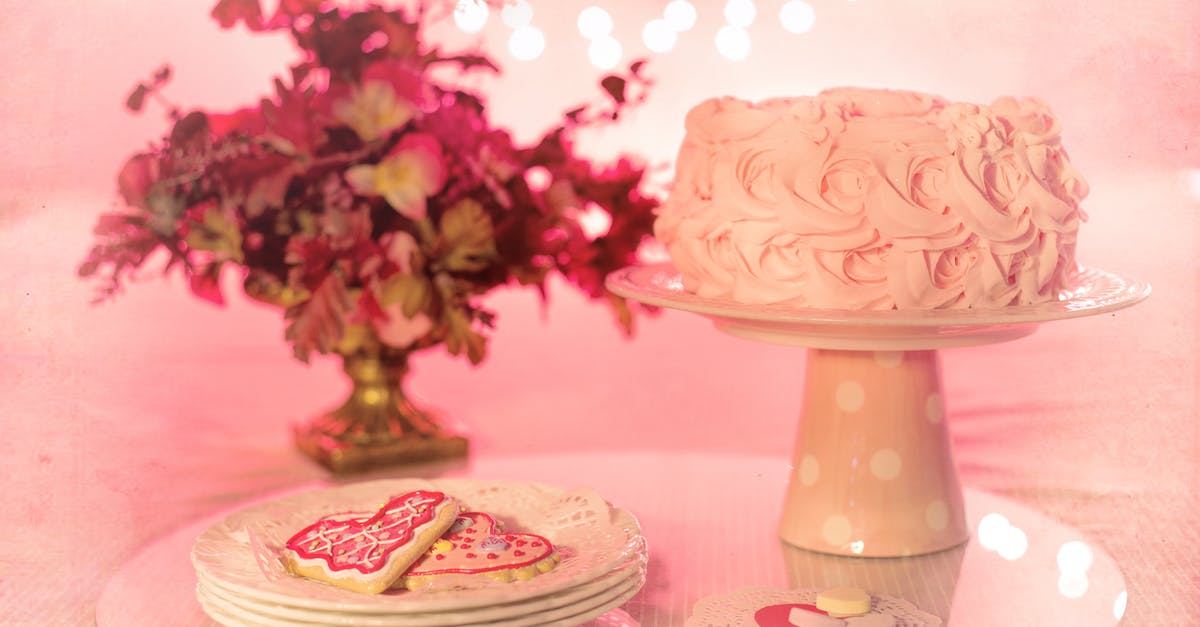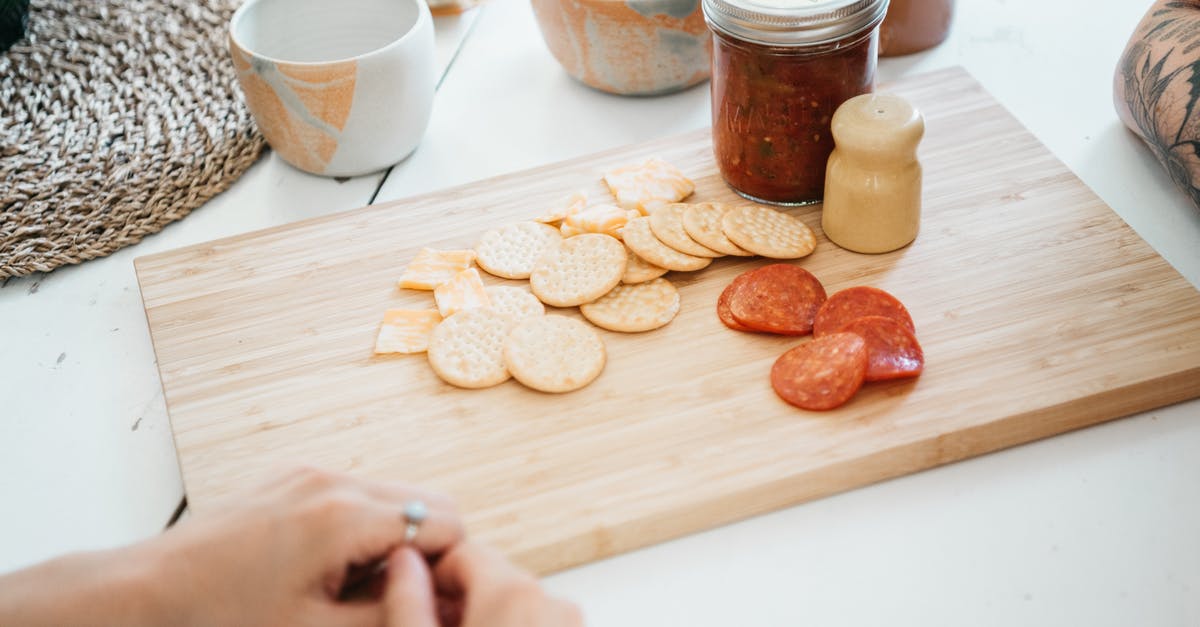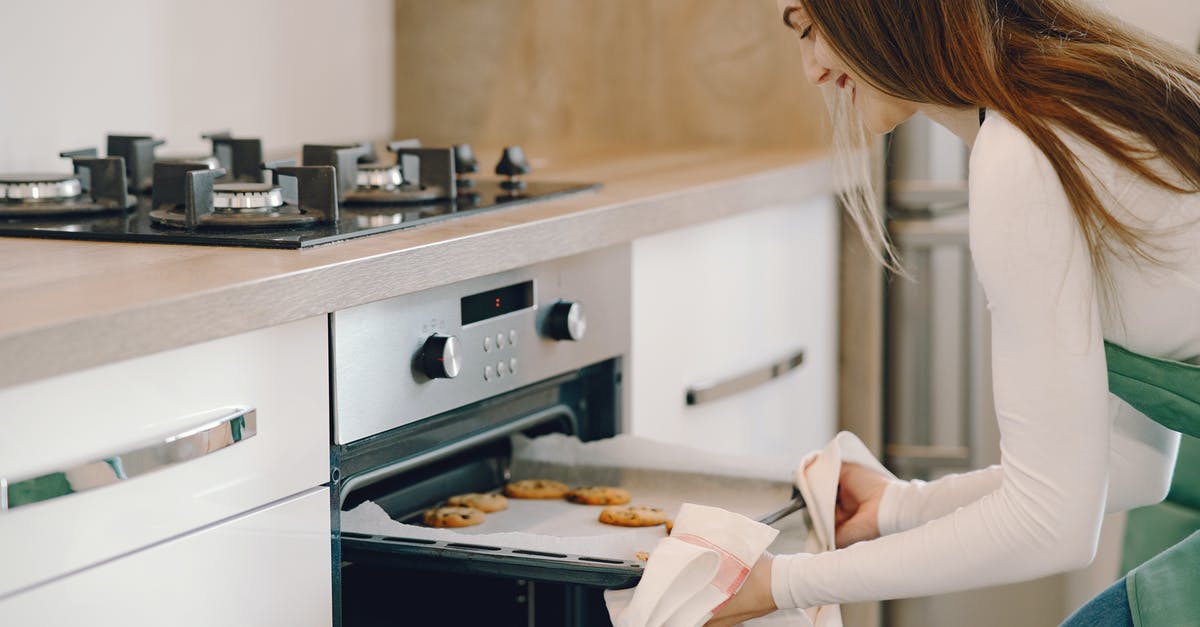Trying to recreate my grandmother's buttermilk biscuits

My grandmother made the best biscuits in the world. She made them 7 days a week, and cooked them on a cast iron skillet without any sides. They were always perfectly browned and the bread inside was "stretchy" (they were not layered).
I've been working on this for several years and I've gotten to this point from my childhood memories and a fair amount of experimentation:
- 2.5 cups flour. (not sure if she had self rising, but that's not really an option for me in Mexico)
- around 1/2 cup Crisco shortening (I'm having to use Grasa Vegetal because Crisco isn't available). Cut in until the flour is sort of grainy/crumbly. Pretty sure she just used her fingers from vague memories as a child.
- 1 cup of buttermilk (Here I use one lemon and fill the cup with whole milk, nata is hard to come by and buttermilk is non-existent in the stores here)
- 3 Tbsp of baking powder (yea, it's a lot, but I'm literally in a boat at sea level and it seems to need that much)
- 1 Tsp each of sugar and salt
To get the stretchy part, I replaced part of the "butter" milk with an egg white, then with 2 egg whites, still don't have the stretch I'm looking for.
To get the browning I painted the tops with the yellow from the egg that I got the white from.
The browning is about the right color but appears painted on, something hers never did. The stretchy is proving very elusive and I'm curious how to get that. Her biscuits had a lot of air in them, they were super light, my mother never could reproduce them either.
Grandma's been gone for 30 years and even when I asked her to write down the recipe she didn't. I've come to understand that she was probably illiterate considering when and where she was born and the fact that farm women in the south in the early 1900s were not encouraged to be literate.
I do remember she kept her flour in a giant bowl and would mix "in the flour", then lift the dough up onto the powdered counter to cut and finish the biscuits (hence her lack of measurements).
What will give me stretch that was close to a sponge cake and yet still leave me with a biscuit? She had no fancy ingredients available to her but she might have substituted lard for Crisco.
Best Answer
Miscellaneous thoughts:
Egg whites are not going to give you "stretch" in a biscuit. The fat will interfere with that. The elasticity will come from the gluten. That means at least a little bit of kneading; it means not using "cake" or "biscuit" flour; and it means keeping the fat level under control. (Half a cup sounds reasonable, but try it with less, and don't blend it in too finely.) Better gluten formation will also lead to more of a rise. You might try mixing in some tortilla flour, actually.
Buttermilk would ordinarily be used with baking soda, not baking powder (or at least, not just with baking powder). Using baking powder and lemon juice together may be pushing the pH too low, weakening the dough. If you're using baking powder, leave out the lemon juice.
Egg yolks will always give you a "painted on" glazed look. If you want more of a browned look, put the yolks in the dough, and perhaps increase the sugar. You can also brush the tops with milk, that'll give more of a matte look than egg yolks.
Pictures about "Trying to recreate my grandmother's buttermilk biscuits"



What is the difference between buttermilk biscuits and regular biscuits?
Today, most buttermilks you'll find at the grocery are simply cultured low-fat milk; they've actually got more in common with yogurt than traditional buttermilk. When you're making biscuits, you use buttermilk for its acidity as well as its fat and liquid content.What is the best flour for buttermilk biscuits?
Any southern baker will tell you that to make the best biscuits, you need special flour--specifically White Lily All-Purpose Flour milled from extra-fine, soft, red-winter wheat. Because, it's low in both protein and gluten, this flour makes baked goods rise higher and come out lighter.Is butter or lard better for biscuits?
Crusts and biscuits made with lard are flakier because they lack structure. Lard and shortening work by coating the flour particles and gluten strands in your doughs (literally \u201cshortening\u201d the strands, which is where the term comes from), thus preventing them from forming a strong bond.What does buttermilk do to biscuits?
What does buttermilk do for biscuits? The acidity of buttermilk reacts with the other leavening agents in the recipe to make the biscuit dough rise. Regular milk or other liquids won't be able to do this, so buttermilk is a must for fluffy, flaky biscuits.I Tried To Re-Create My Grandma's Favorite Vacation // Presented by BuzzFeed \u0026 Expedia
More answers regarding trying to recreate my grandmother's buttermilk biscuits
Answer 2
Without having made biscuits myself, one of my trusted go-to authors, Shirley Corriher, claims to have discovered the secrets of great buttermilk biscuits. For her, these are low-protein flour, and a very wet dough.
Note especially this step in her recipe:
In a large mixing bowl, stir together the self-rising flour, sugar, and salt. Work the shortening in with your fingers until there are no large lumps. Gently stir in the cream, then some of the buttermilk. Continue stirring in buttermilk until THE DOUGH RESEMBLES COTTAGE CHEESE. It should be a wet mess—not soup, but cottage-cheese texture. If you are not using a low-protein flour, this may require considerably more than 1 cup (237 ml) of buttermilk.
By the way, she is using these 237 ml of buttermilk for 255 g of flour, not your 300 g. And additionally, she uses 158 ml of heavy cream. Else the amount of fat should be comparable, 45 g for her recipe.
Her recipe also requires the shaping you describe from observing your grandmother - since the dough is so wet, you have to scoop out a wet piece and dip it in flour, to get it to be self-contained.
Her technique also requires you to
place each shaped biscuit SCRUNCHED UP AGAINST ITS NEIGHBOR so that the biscuits rise up and don’t spread out
There is no egg white in her recipe, and egg whites don't give stretchiness, they make a dough that sits drier after baking, which is not something you want in biscuits.
I advise you to exercise her technique, which should hopefully get you some very good biscuits. If it turns out that they don't have something from your grandmother's biscuits, for example the stretchiness, you will at least have a good base from which to continue exploring.
As for the browning, it comes from a dough which is somewhat alkaline. Here I agree with Sneftel, you should leaven with baking soda, not baking powder. You will probably need more grams of baking powder than you are using now for baking soda, you can look that up easily. Also, instead of trying to fiddle with lemon and milk, you can simply use yogurt, which has a similar consistency to buttermilk, and you know it has not been oversoured. The second factor is sugar, some more sugar will help, if you don't mind the extra sweetness.
Answer 3
"biscuits... in the south..."
I seem to recall an article about Southerners leaving Dixie and finding they can't recreate their meemaws' recipes no matter how hard they try... until coming back home and buying the local all-purpose flour.
If I remember correctly it has something to do with Southern flour brands (White Lily most famously) using soft red winter wheat whereas the most common nation-wide brands use a hard wheat of some kind, and the protein differences (including both gluten and non-gluten proteins) are what makes the main difference. In other words, not all "all-purpose flour" is created equal, and you might have to try blending some pastry flour to make your current "all-purpose flour" more like "Southern U.S. all-purpose flour". (But at least you now know to look specifically for soft wheat!)
That being said, this article refutes the above anecdote a bit (at least in terms of not fawning over one brand fanatically) and places more emphasis on technique... like making sure to chill your butter/lard/margarine before mixing.
Answer 4
Since Sneftler already talked about gluten, i'll throw in another idea :
I would consider using brown sugar instead of white. It gives a more chewy texture and in my experience it tends to brown better. I think the amount of sugar you used might be a bit small as well, compared to the amount of flour. I'd experiment with one tablespoon and try to go up from there.
Sources: Stack Exchange - This article follows the attribution requirements of Stack Exchange and is licensed under CC BY-SA 3.0.
Images: Jill Wellington, RODNAE Productions, PNW Production, Gustavo Fring
